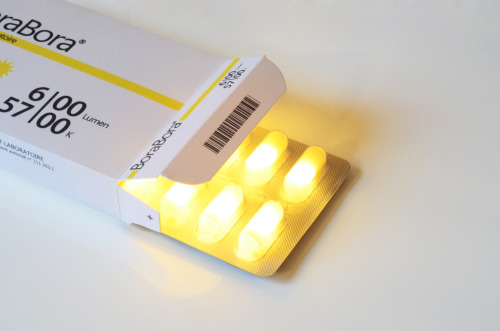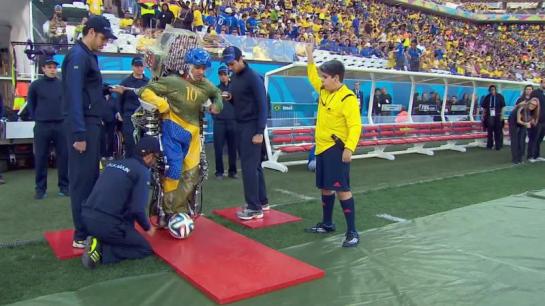SIMILAR MATERIAL
Memorsion, Manuel Chantre
About
Manuel Chantre is a composer and a new media artist. His approach has been characterized by integrating music, audio art, programming, electronics, video, 3D and most recently, light.The exploration of immersive environments and new narrative languages occupy an important part of his practice.
Materials
The installation and performance is made up of twenty cloth canvases assembled to create a unique maze of video projections.
Technology
Images of urban structures, vast concrete spaces, abandoned buildings and spray-painted walls are displayed and transformed. Forgotten spaces, either out of service or altered by time, are arranged and assembled within the installation, carving out a new singular environment. The piece is presented as a live audiovisual performance or it can be set up as an ongoing installation where the public, by moving within the environment, modifies the video content displayed: making the experience different from one visit to another.
Experience
The result is a meditation exploring our urban architecture and cultural memory-it documents traces left on forgotten, abandoned and obsolete structures.
Source: http://www.digitalarti.com/blog/manuel_chantre/memorsion_an_audiovisual_urban_labyrinth
















































